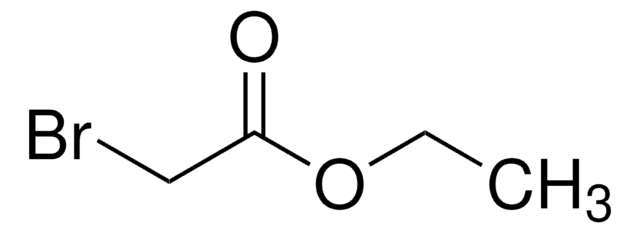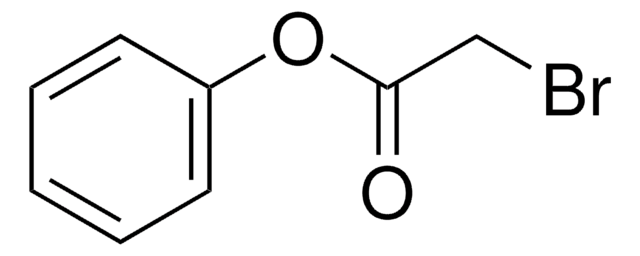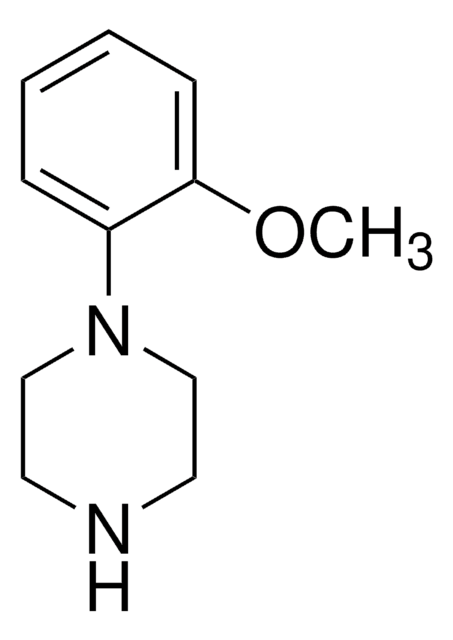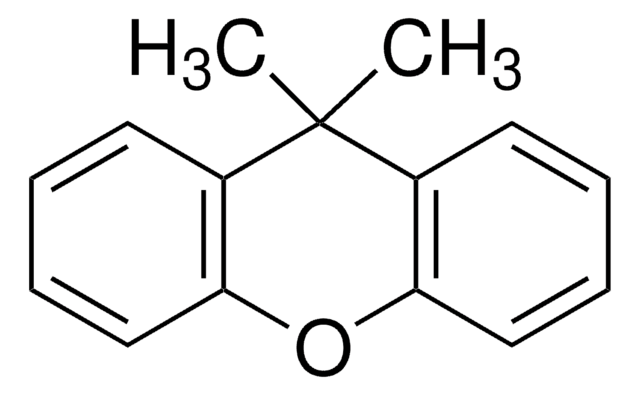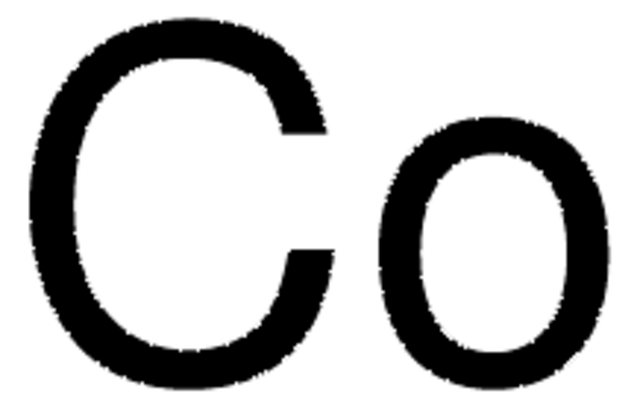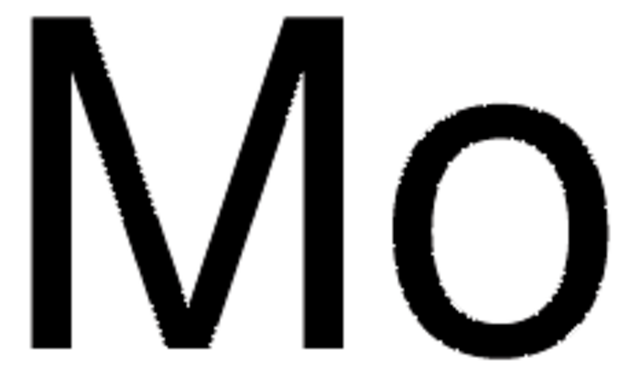266671
Cobalt
foil, thickness 0.25 mm, ≥99.99% trace metals basis
Sinônimo(s):
Cobalt element, Cobalt-59
About This Item
Produtos recomendados
Ensaio
≥99.99% trace metals basis
Formulário
foil
resistividade
6.24 μΩ-cm, 20°C
espessura
0.25 mm
p.e.
2900 °C (lit.)
densidade
8.9 g/mL at 25 °C (lit.)
cadeia de caracteres SMILES
[Co]
InChI
1S/Co
chave InChI
GUTLYIVDDKVIGB-UHFFFAOYSA-N
Procurando produtos similares? Visita Guia de comparação de produtos
Quantidade
Palavra indicadora
Danger
Frases de perigo
Declarações de precaução
Classificações de perigo
Acute Tox. 4 Oral - Aquatic Chronic 3 - Carc. 1B - Eye Irrit. 2 - Muta. 2 - Repr. 1A - Resp. Sens. 1 - Skin Sens. 1
Código de classe de armazenamento
6.1C - Combustible acute toxic Cat.3 / toxic compounds or compounds which causing chronic effects
Classe de risco de água (WGK)
WGK 3
Ponto de fulgor (°F)
Not applicable
Ponto de fulgor (°C)
Not applicable
Equipamento de proteção individual
dust mask type N95 (US), Eyeshields, Faceshields, Gloves
Escolha uma das versões mais recentes:
Já possui este produto?
Encontre a documentação dos produtos que você adquiriu recentemente na biblioteca de documentos.
Os clientes também visualizaram
Artigos
Can there be an effective strategy for finding breakthrough materials, since they are, by definition, unpredictable? One answer is found in Combinatorial Materials Science techniques, which represent a powerful approach to identifying new and unexpected materials.
Biomedical implants are essentially foreign substances within the human body that must survive many years’ exposure to demanding mechanical and physiological conditions. Despite these challenges, metal implants have been widely used to substitute for or rebuild hard tissues such as bones and teeth.
The unique properties of the rare-earth elements and their alloys have brought them from relative obscurity to high profile use in common hightech applications.
Nossa equipe de cientistas tem experiência em todas as áreas de pesquisa, incluindo Life Sciences, ciência de materiais, síntese química, cromatografia, química analítica e muitas outras.
Entre em contato com a assistência técnica
